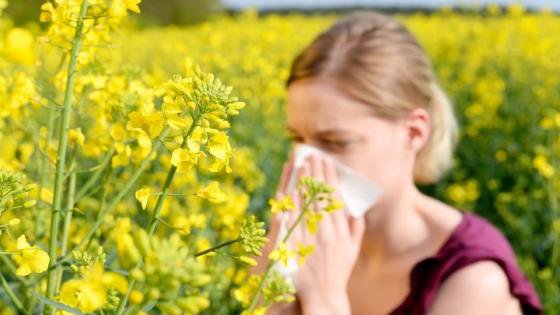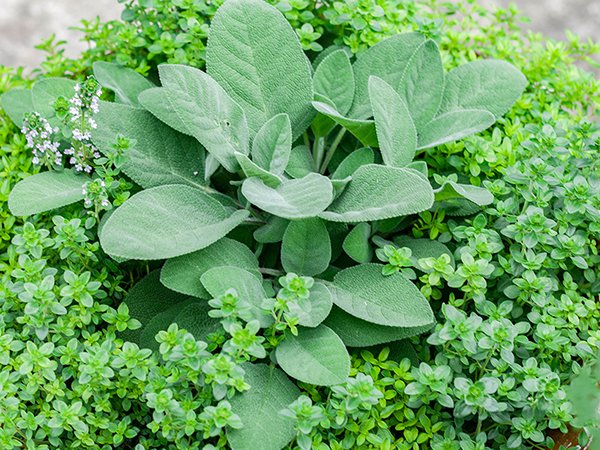Flowering plants are not good and good for people with allergies
This is an automatically translated article.
Pollen allergy is a condition in which the body appears some anaphylactic reaction that causes vasodilation when the body is exposed to pollen. However, this condition does not mean that people with allergies should not be exposed to flowers and certain plants. Some plants, grasses or flowers have very little pollen or no allergies.
1. What is an allergy?
Allergies happen when your immune system reacts to a foreign substance - such as pollen, bee venom or pet dander - or a food that does not cause a reaction in most people.
Your immune system makes substances called antibodies. When you have an allergy, your immune system makes antibodies that identify a particular allergen as harmful, even though it's not. When you're exposed to an allergen, your immune system's response can inflame your skin, sinuses, respiratory tract, or digestive system.
The severity of allergies varies from person to person and can range from mild irritation to anaphylaxis - a potentially life-threatening emergency. Although most allergies cannot be cured, treatments can help relieve your allergy symptoms.

Dị ứng có thể dẫn đến sốc phản vệ
2. Symptoms of an allergy?
Allergy symptoms, depending on the substance involved, can affect your airways, sinuses and nasal passages, skin, and digestive system. Allergic reactions can range from mild to severe. In some severe cases, an allergy can cause a life-threatening reaction called anaphylaxis.
Hay fever, also known as allergic rhinitis, can cause:
Sneezing Itching of the nose, eyes, or roof of the mouth Runny, stuffy nose Watery, red or swollen eyes (conjunctivitis) Allergies Food can cause:
Tingling in the mouth Swelling of lips, tongue, face or throat Hives Anaphylaxis Anaphylaxis Allergic reactions to insect stings can cause:
An enlarged area of swelling (edema) at the site stings Itching or hives all over the body Cough, chest tightness, wheezing or difficulty breathing Anaphylactic shock Drug allergies can cause:
Hives Itchy skin Rash Swelling of the face Wheezing Anaphylaxis Dermatitis Allergies , an allergic skin condition also known as eczema, can cause the skin to:
Itching Redden Scaling or peeling Anaphylaxis Several types of allergies, including allergies to foods and insect stings , which can cause a serious reaction called anaphylaxis. A life-threatening medical emergency, anaphylaxis can send you into shock. Signs and symptoms of anaphylaxis include:
Loss of consciousness Decreased blood pressure Severe shortness of breath Skin rash Lightheadedness Rapid pulse, weakness Nausea and vomiting
3. When you have allergies, can you take care of your garden?
Does plant pollen cause you allergies? You can make some changes to some of the plants in your yard and still maintain your gardening.
Many flowers, shrubs, trees and grasses produce little or even no pollen. And some species make it only in certain plants. For those, all you need to do is make sure you have female plants - the ones that don't make the plants yellow, sneeze.
4. Flowers may not be suitable for people with allergies.
You can expect more plant pollen and seasonal allergies if you place any of these plants in your yard.
4.1. Flowers / Herbs
Amaranth (moringa), chrysanthemum, chrysanthemum, chrysanthemum, common sunflower.

Dị ứng hoa hướng dương
4.2. Shrubs / vines
Cypress, jasmine, juniper, wisteria.
4.3. Tree
Alder, ash (male), aspen (male), beech, birch, box Elder (male), cedar (male), cottonwood (male), elm, hickory, red and silver maples (male), mulberry (male) ), oak, olive, palm (male), pecans, pine, poplar (male), fig, walnut, willow (male).
4.4. Grass
Bermuda, fescue, Johnson, June, orchard, perennial rye, redtop, salt grass, sweet grass, timothy. Cocklebur, ragweed, Russian thistle, sage.

Dị ứng cây xô thơm
5. Plants suitable for people with allergies
You'll have less to worry about with plants that produce little or no airborne pollen. So you might enjoy working with them and watching them grow.
5.1. Flower
Begonia, cactus, chenille, clematis, columbine, crocus, daffodil, millet bush, geranium, hosta, impatiens, iris, lily, pansy, periwinkle, petunia, phlox, rose, salvia, snapdragon, blood thrift, tulip, verbena, zinnia.

Dị ứng hoa dạ yến thỏa
5.2. Sunflower seeds are hypoallergenic
All of these plants are 5 to 6 feet tall, and the pollen is too heavy to spread easily.
Apricot Twist (gold-centered apricot), Combined Infrared (crimson, ruby, yellow-red), The Joker (bright red and yellow double bloom), Pro-Cut Bicolor (beautiful mahogany and color). yellow with black center).
5.3. Shrubs
Rhododendron, boxwood (if cutting regularly), hibiscus, hydrangea, honeysuckle .
5.4. Tree
Apples, cherries, Chinese fan palm (female), pine fern (female), dogwood, English holly (female), Bradford pear, crepe myrtle, hard rubber tree, magnolia, pear, plum, red maple (female).
Please dial HOTLINE for more information or register for an appointment HERE. Download MyVinmec app to make appointments faster and to manage your bookings easily.
Reference source: webmd.com
This article is written for readers from Sài Gòn, Hà Nội, Hồ Chí Minh, Phú Quốc, Nha Trang, Hạ Long, Hải Phòng, Đà Nẵng.





